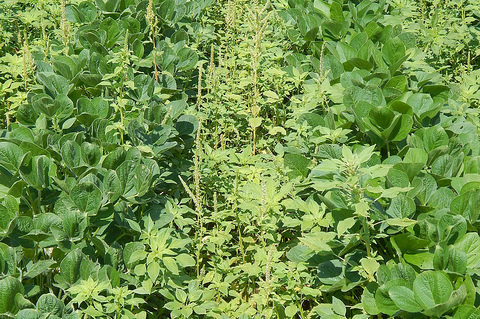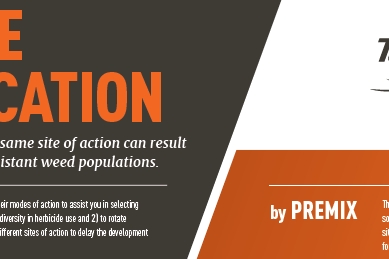Tips for Soybean Variety Selection
Proper variety selection is one of the most important steps a soybean producer can make. It is important to devote some time to selecting the proper variety as this decision is one of the first steps to maximizing yields. If we compare the top 10% of soybean varieties grown within a single maturity group at…
Details












